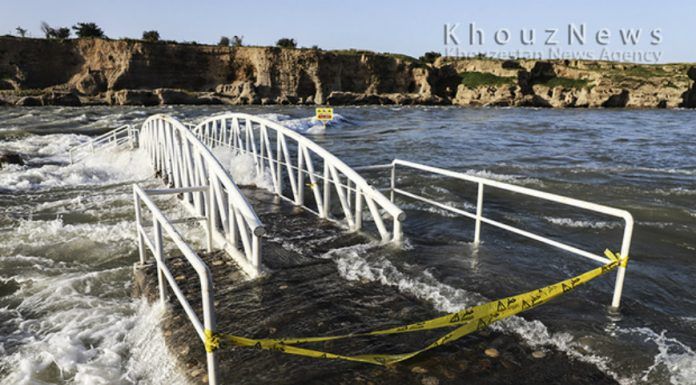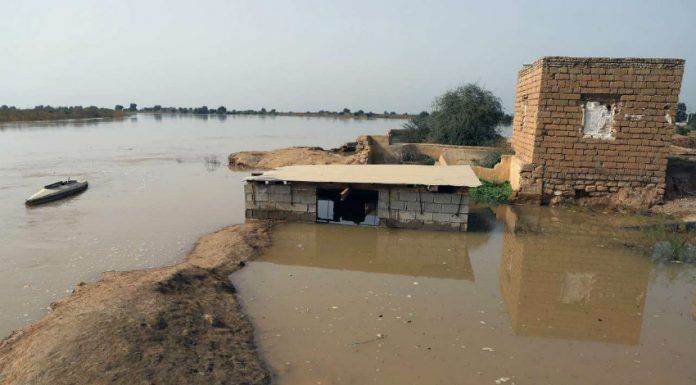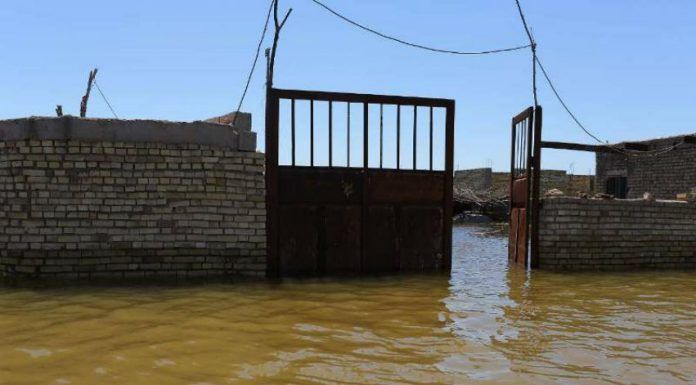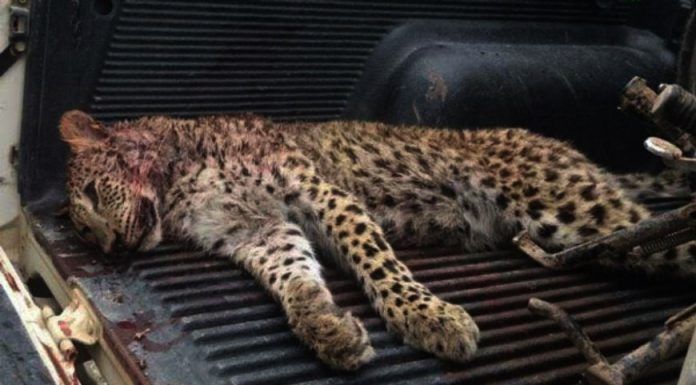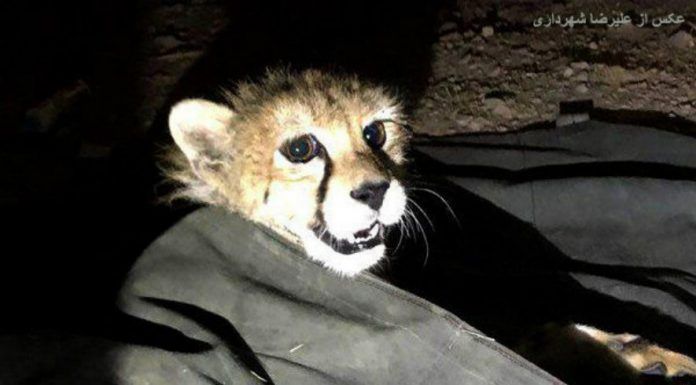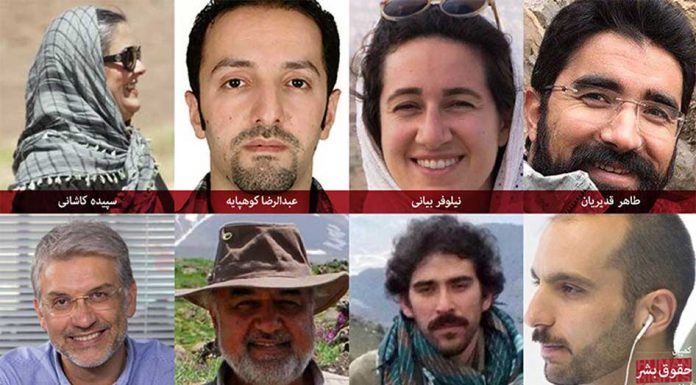A four-year-old boy is the latest victim of a flood caused by the overflow of the Kaju River’s banks near Ghasre Ghand Country in the southeastern province of Sistan and Baluchestan. Flash floods have hit 22 provinces in recent weeks, threatening the lives of 56 million Iranians in affected regions.
Iran has been struggling with pressing environmental issues in recent years including water scarcity, drought, air pollution, water contamination, deforestation of grasslands, desertification of marchlands, the greenhouse gas, landfill waste, and dust storm.
Iran is in fourth and 10th place, respectively, among countries that are most prone to flood in Asia and the world, respectively. Nearly 80 percent of the populated regions of the country — which include 480 urban centers and 8,650 towns and villages — are vulnerable to flooding. Close to 500 floods occurred in Iran between 2011 and 2015.
Studies have shown that 18 percent of the population, meaning 15 million people, live in regions with a high risk of flooding. There is a one in 30 chance of their properties being affected by flooding in the course of a year. Floods have massive consequences for communities. Immediate impacts of flooding include loss of human life, damage to property, destruction of crops, loss of livestock, and deterioration of health conditions owing to waterborne diseases.
Financial damage caused by flooding in Iran exceeds $1.5 billion a year. Flood damage is more extensive in villages and small towns, where houses are made with substandard material, and, therefore, crumble quickly under floodwater. Farms and communities around riverbanks are usually worst hit. Residents in flood-stricken regions live without electricity, cooking gas and drinking water for weeks and even longer.
Arbitrary destruction of canal waterways and river locks, which have traditionally diverted the overflow of riverbanks, have been detrimental to the safety and security of villages and farmlands. Increased rainfall does not always replenish reservoirs, but instead may cause the overflow of rivers and flooding that destroys agricultural lands and erodes soil.
The National Disaster Management Organization (NDMO) which deals with natural disasters comprises 14 working groups including a Working group of Flood and Marine Hazards. Also, the Ministry of Energy manages floodplains and wetlands. However, none of these groups and organizations have produced a comprehensive and workable plan to deal with environmental and natural disasters including flash floods.
The government says it takes 17 years and $25 billion to draft a workable plan for flood control and methods to reduce or prevent detrimental effects of flood waters. It also claims 70 percent of NDMO’s budget is spent on flood damage clean up.
Despite the recent flood problem, large parts of the country are struggling with severe drought and water shortage. Precipitation in Iran averaged 250 millimeters last year which is 500 millimeters below the global average.
Why is a country which suffers from severe drought hit with floods? Many crucial issues contribute to this problem. Iran’s wetlands, marshes, and forest-steppes have shrunk from 25 million hectares down to 14 million hectares. Real estate developers, manufacturers, and military contractors have quietly been destroying the country’s national wildlife sanctuaries, forests, and woodlands.
State bodies Issue illegal fishing licenses, water rights and planning permits which have a devastating effect on the ecosystem and biodiversity of marshlands and areas around riverbanks. Deforestation and destruction of grasslands, which form natural barriers against rapid movement of water, are the principal cause of increased flooding in Iran. Many animals which graze in grasslands die because of the shortage of food.
Their efforts to draw attention to the destruction of Iran’s nature preserve and national wildlife probably prompted the arrest and detention of a group of eight environmentalists last year on trumped-up charges of “espionage” and “spreading corruption on earth.” Few Iranians probably knew about the works of these conservationists before their arrests.
In January 2018, agents from the Islamic Revolutionary Guards Corps’ (IRGC) Intelligence Organization arrested Niloufar Bayani, Kavus Seyyed Emami, Hooman Jokar, Morad Tahbaz, Taher Ghadirian, Amirhossein Khaleghi, and Sam Rajabi, all members of Persian Wildlife Heritage Foundation (PWHF), a non-profit organization. Authorities arrested another environmentalist, Abdolreza Kouhpayeh, a month later.
The Tehran prosecutor’s office initially accused the eight environmentalists of espionage but later amended charges to include “spreading corruption on earth.” Mr. Emami died under suspicious circumstances in Tehran’s Evin prison a day after his arrest. Prison officials listed his death as a suicide.
During a recent secret court hearing, Niloufar Bayani reportedly spoke out against her treatment in prison, saying that authorities had forced a confession out of her under extreme duress. The Tehran prosecutor’s office has not allowed the eight defendants to hire lawyers. Meanwhile, families of the environmentalists have, reportedly, received threats. The IRGC and the Judiciary have accused the environmentalists of spying for the U.S. and Israel by trying to access restricted military sites.
Iran’s Supreme National Security Council has, however, concluded that there was no evidence that the eight environmentalists had engaged in espionage. These conservationists were researching regions that have been exploited by real estate developers and building contractors.
According to an informed source, authorities had taken Mrs. Bayani out of jail to a hair salon and clothing stores to shop and even to a villa where she could relax. Bayani reportedly refused to go along with the scheme. She discovered that security agents were secretly filming her.
Authorities in Iran go to great lengths and resort to various tactics to discredit conscientious environmentalists who are trying to protect the country’s nature preserves and wildlife.
[Translated from Persian by Fardine Hamidi]

